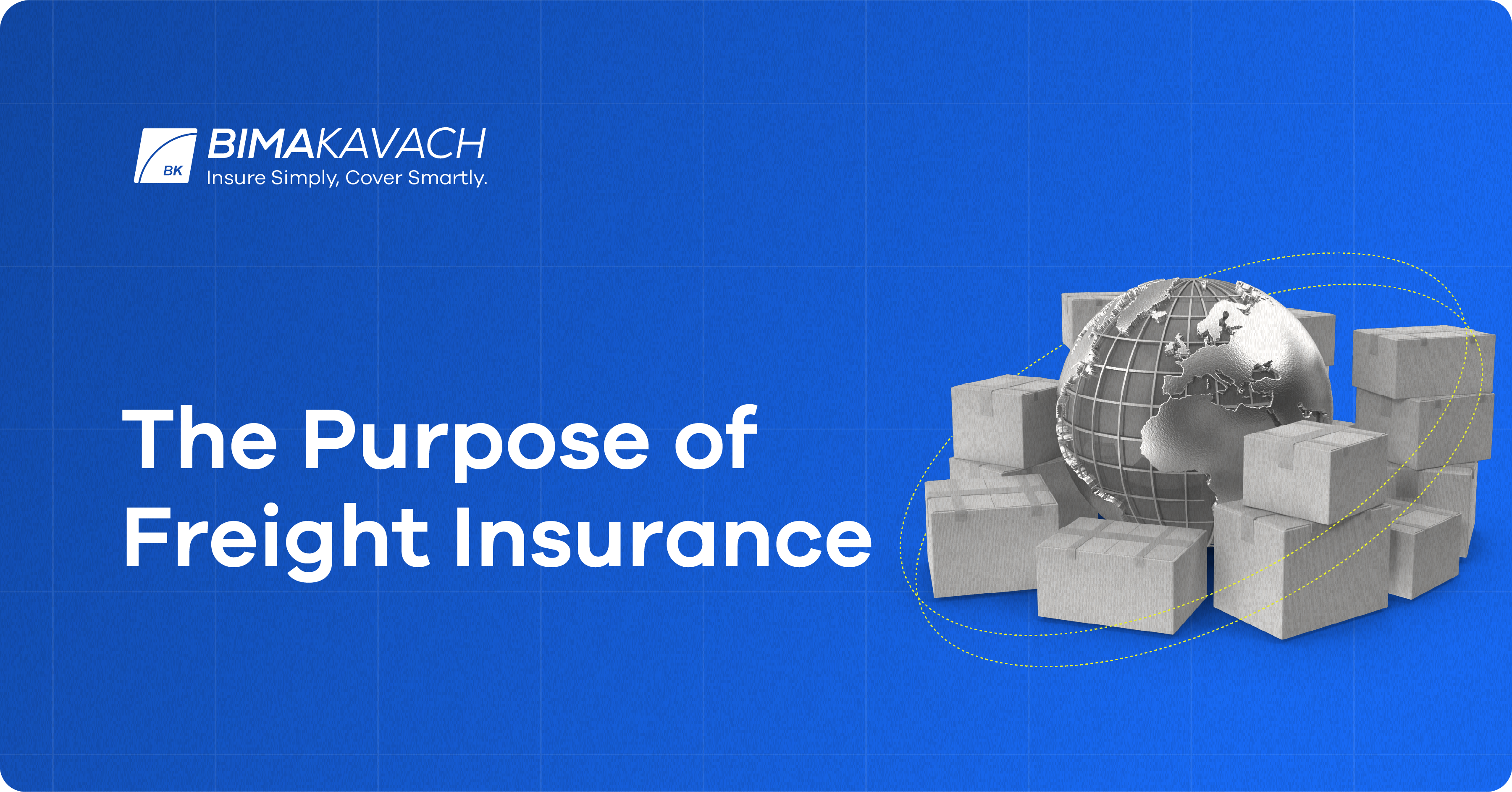The Facts About Pacific Prime Uncovered
The Facts About Pacific Prime Uncovered
Blog Article
The 8-Minute Rule for Pacific Prime
Table of ContentsPacific Prime Can Be Fun For EveryoneExamine This Report about Pacific PrimeHow Pacific Prime can Save You Time, Stress, and Money.Some Known Incorrect Statements About Pacific Prime
In most states, the insurance provider is needed to send you a copy of the changes to your plan. It is necessary that you check out Recommendations or Bikers so you understand exactly how your policy has actually changed and if the plan is still sufficient to meet your requirements. To get a copy of your insurance plan, please contact your insurance policy agent or firm.
The Institute of Medicine (IOM) Board on the Repercussions of Uninsurance launches an extended assessment of evidence that addresses the significance of medical insurance protection with the magazine of this report. Coverage Matters is the initial in a series of 6 records that will certainly be released over the next two years recording the fact and repercussions of having an approximated 40 million individuals in the United States without health and wellness insurance policy protection.

A Biased View of Pacific Prime
The objective of this series of researches is to refocus policy attention on a longstanding trouble. Adhering to the longest financial expansion in American background, in 1999, an approximated one out of every 6 Americans32 million adults under the age of 65 and even more than 10 million childrenremains without insurance (Mills, 2000).

10 percent of the population make up 70 percent of health care expenses, a correlation that has actually stayed consistent over the past three years (Berk and Monheit, 2001) - maternity insurance for expats. Therefore medical insurance remains to serve the feature of spreading out risk even as it progressively finances routine treatment. From the perspective of health and wellness treatment suppliers, insurance coverage carried by their people helps safeguard an earnings stream, and neighborhoods take advantage of monetarily viable and steady healthcare practitioners and institutions
Federal government offers medical insurance to populations whom the exclusive market may not serve effectively, such as impaired and senior citizens, and populaces whose access to healthcare is socially valued, such as kids and expectant women. The ultimate ends of medical insurance coverage for the specific and communities, consisting of workplace areas of workers and companies, are enhanced wellness outcomes and top quality of life.
An Unbiased View of Pacific Prime
Workers place medical insurance initially without a doubt in significance amongst all the benefits offered in the work environment (Salisbury, 2001). There have been sizable investments of individual and public funds to supply health and wellness insurance coverage, several people still have no coverage. Regardless of comprehensive reporting of survey searchings for and healthcare research study results, the basic public stays confused and misinformed regarding Americans without wellness insurance and the ramifications of doing not have protection.

Without doubt, the complexity of American healthcare financing systems and the wealth of resources of information include to the public's confusion and uncertainty regarding medical insurance statistics and their interpretation. This report and those that will comply with aim to boil down and present in conveniently easy to understand terms the considerable research that bears on concerns of medical insurance coverage and its significance.
Fifty-seven percent of Americans polled in 1999 believed that those without medical insurance are "able to get the treatment they require from medical professionals and health centers" (Blendon et al., 1999, p. 207). In 1993, when national attention was focused on the troubles of the without insurance and on pending healthcare regulations, just 43 percent of those surveyed held this belief (Blendon et al., 1999).

They additionally receive fewer precautionary services and are much less likely to have routine care for chronic conditions such as high blood pressure and diabetes mellitus. Persistent illness can lead to expensive and disabling issues if they are not well handled (Lurie et al., 1984; Lurie et al., 1986; Ayanian et al., 2000). One nationwide study asked greater than 3,400 adults concerning 15 extremely severe or morbid conditions.
Getting My Pacific Prime To Work
Extra evidence exists later on in this phase in the conversation of insurance coverage and accessibility to healthcare. https://www.quora.com/profile/Freddy-Smith-136. People without medical insurance are young and healthy and choose to do without coverage. Virtually half (43 percent) of those surveyed in 2000 thought that individuals without medical insurance are more probable to have illness than individuals with insurance coverage
Citizens and plan makers in focus group discussions identify those without insurance as youngsters that have the possibility to be covered and feel they do not require it (Concierge Novelli, 2001). Compared to those with at the very least some personal coverage, the without insurance are much less most likely to report remaining in excellent or excellent health (Agency for Medical Care Study and Top Quality, 2001).
RESOURCE: Center for Price and Financing Studies, Firm for Healthcare Study and Top quality, based on MEPS data. Youthful adults in between 19 and 34 are much more likely to lack health and wellness insurance coverage than any other age group. This is mainly since they are much less often qualified for employment-based insurance coverage as a result of the nature of their work or their short period in it.
The perception that individuals without insurance policy have better-than-average wellness follows from puzzling the fairly young age account of the without insurance with the better health, usually, of more youthful persons. This obscures the web link between health standing and medical insurance. For those without access to workplace medical insurance, inadequate health is a possible barrier to purchasing nongroup coverage because such protection might be very priced, omit pre-existing pop over to this site conditions, or be merely not available.
Report this page